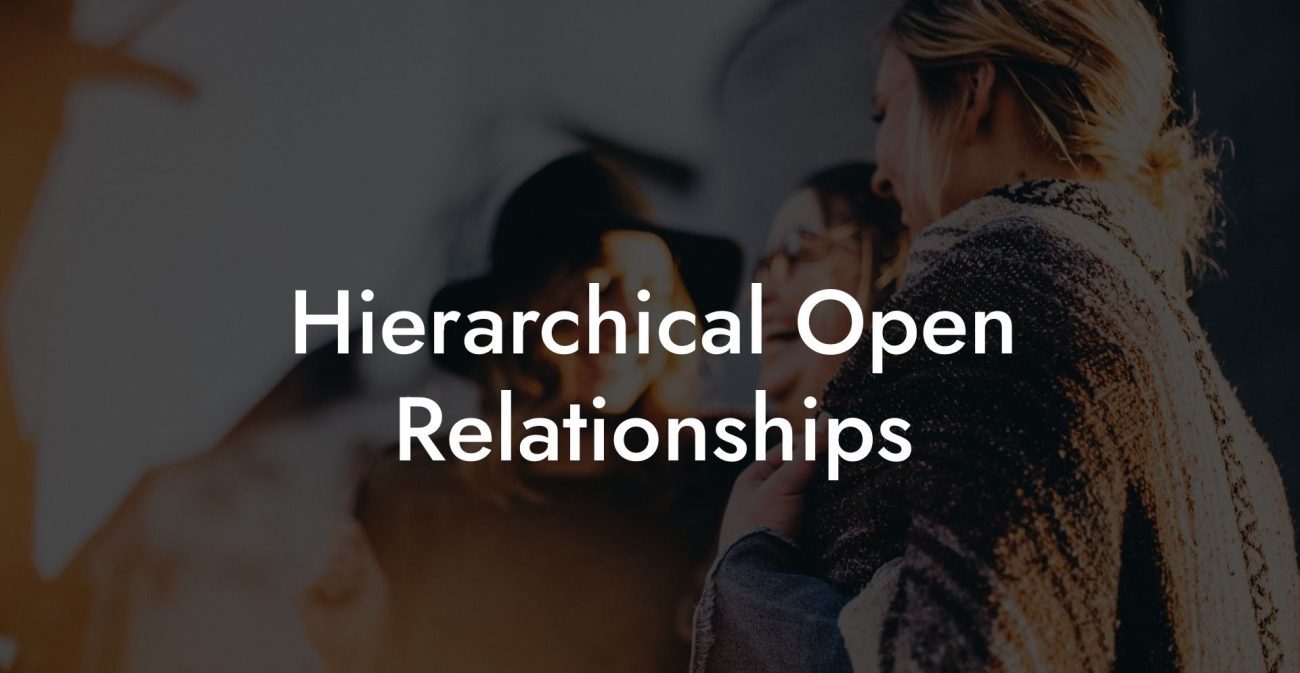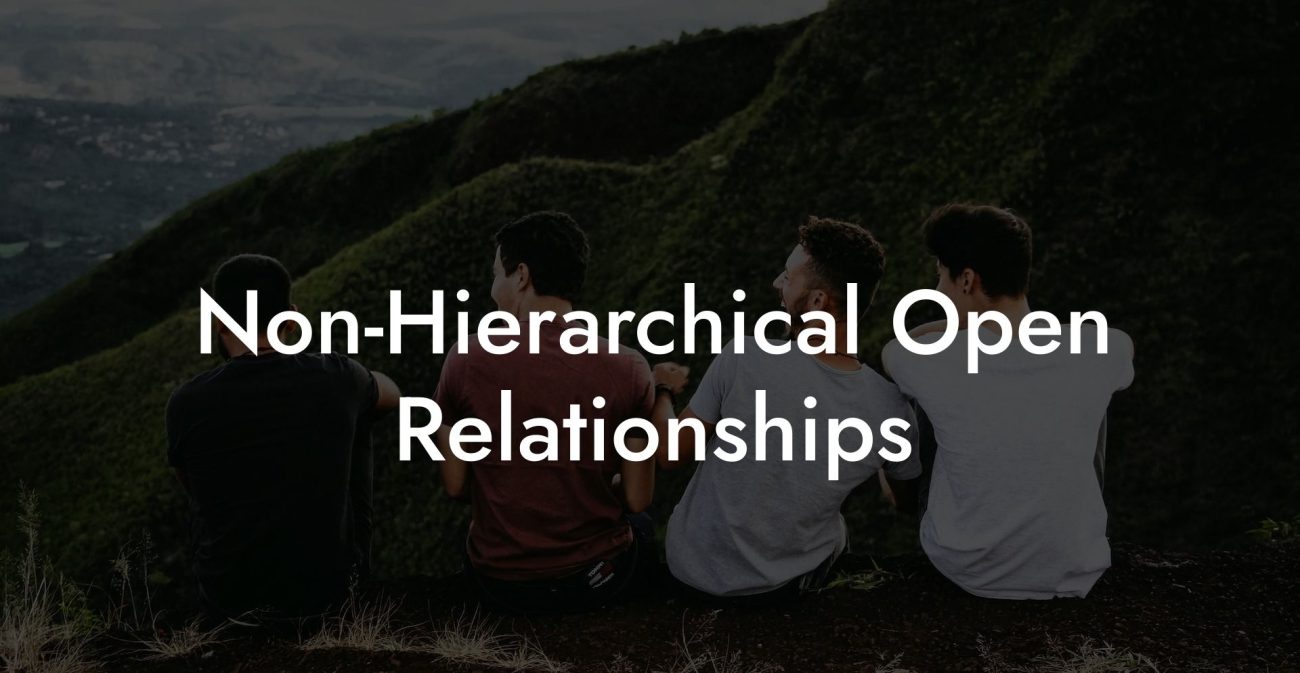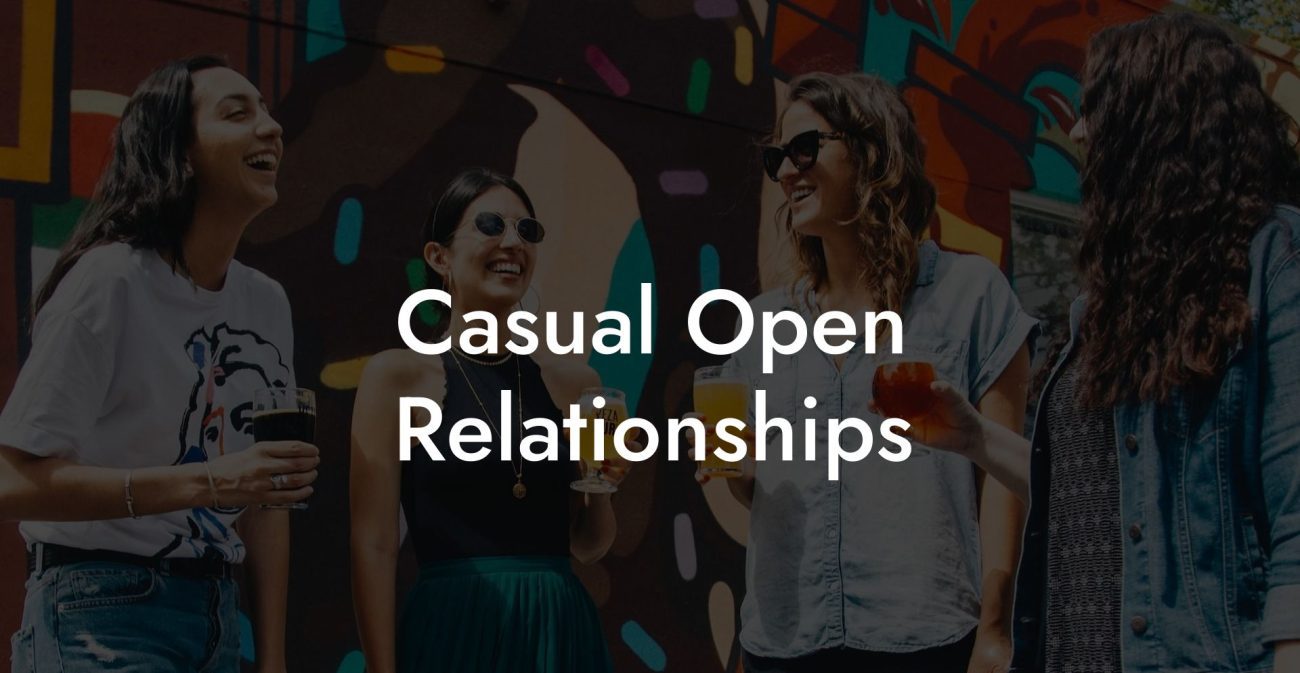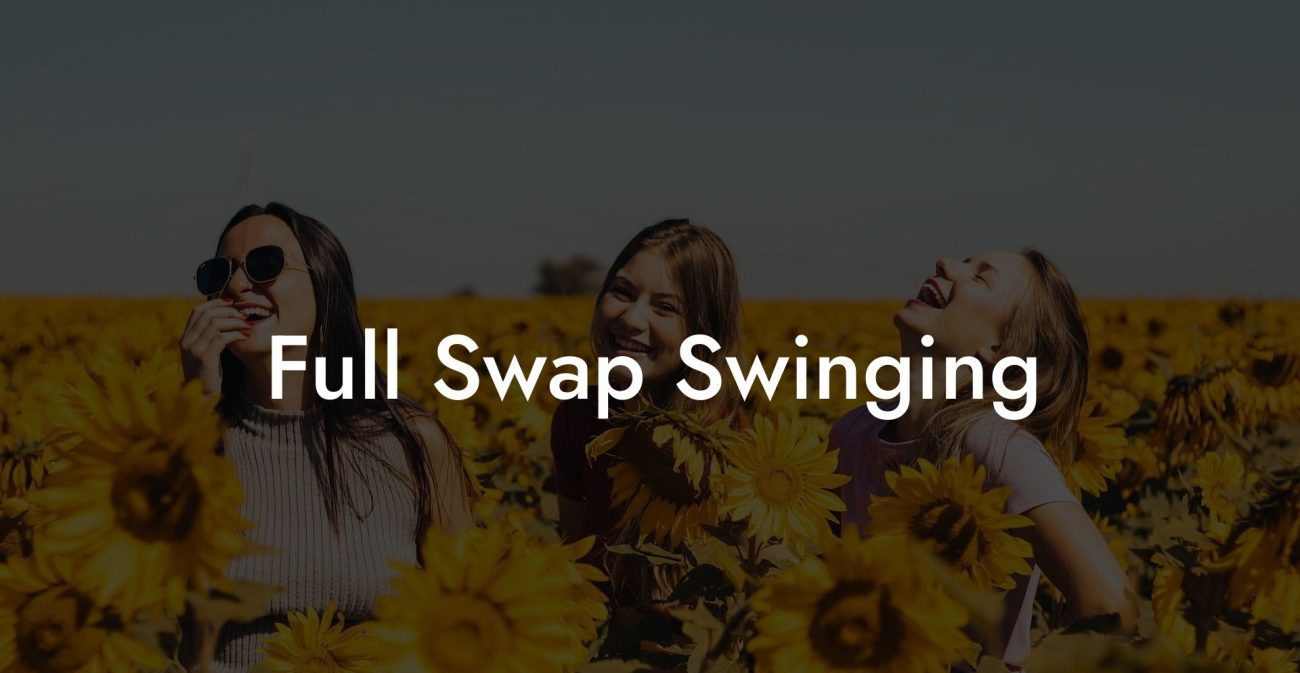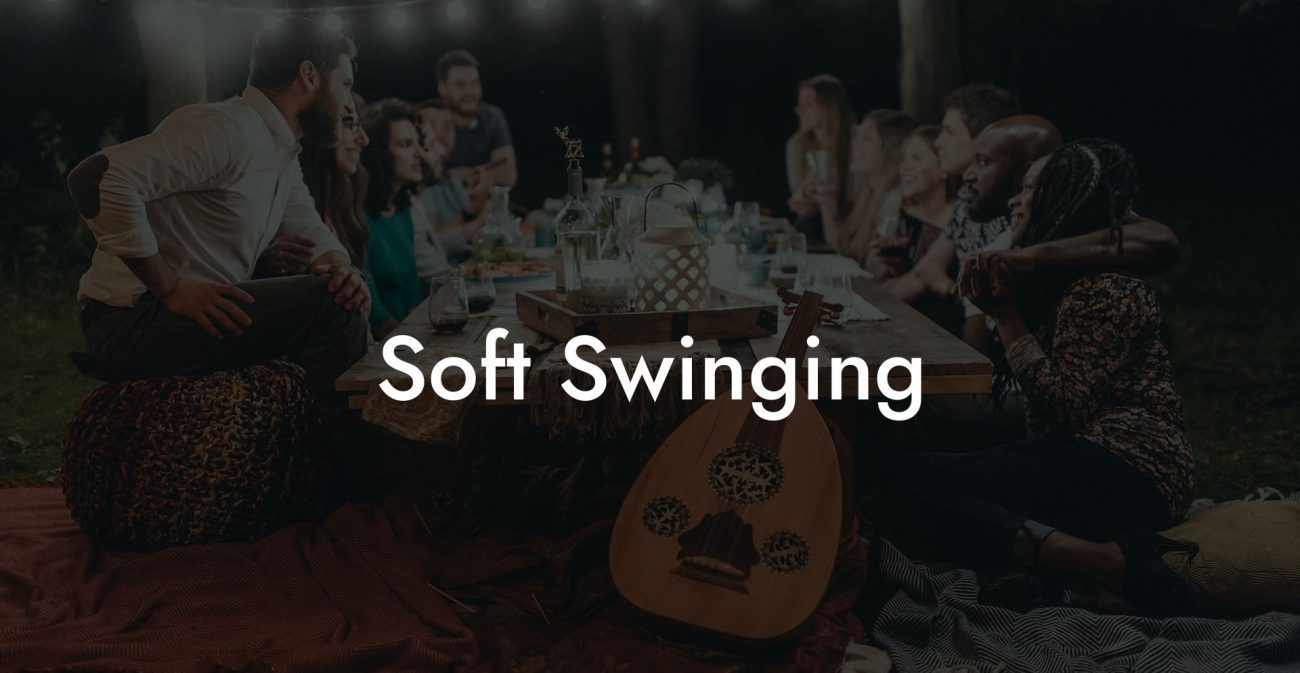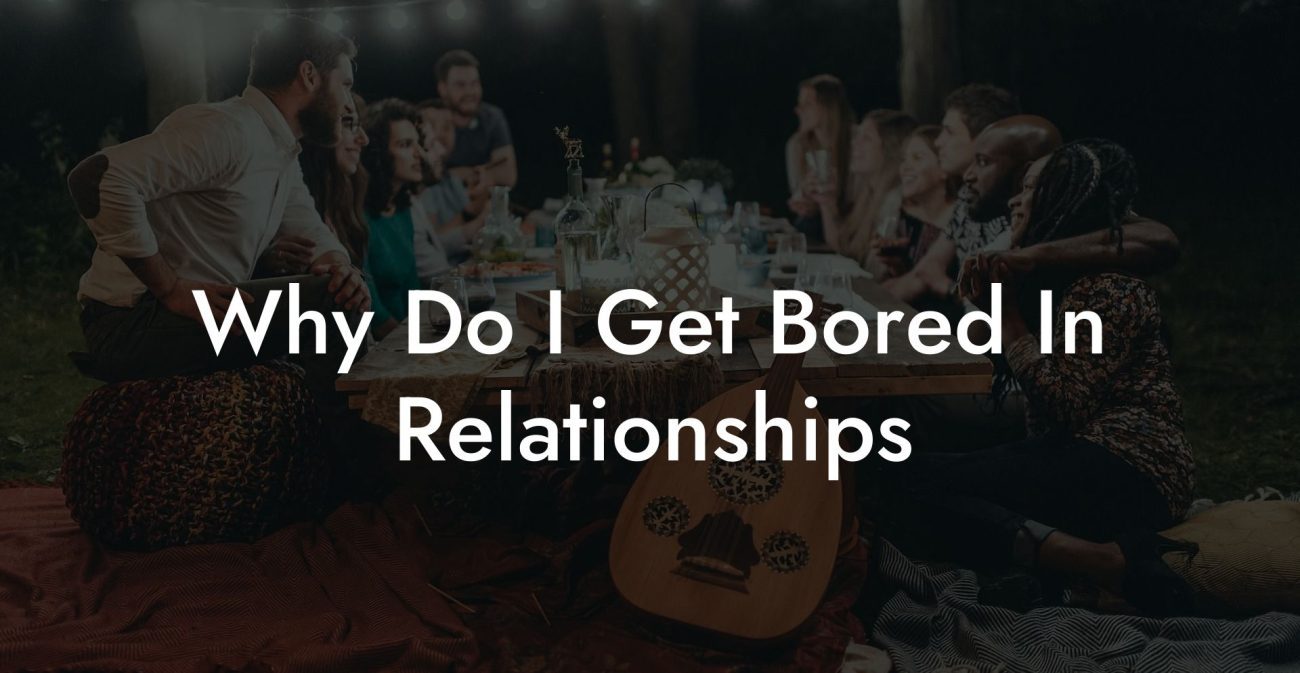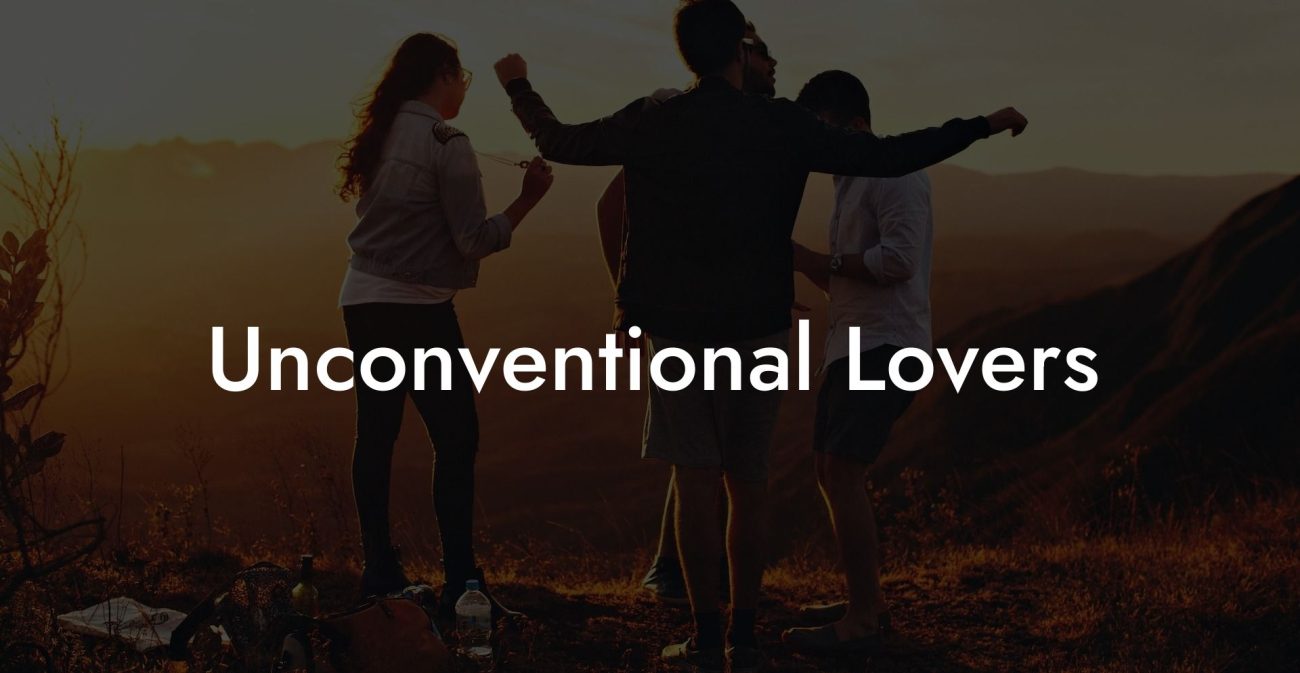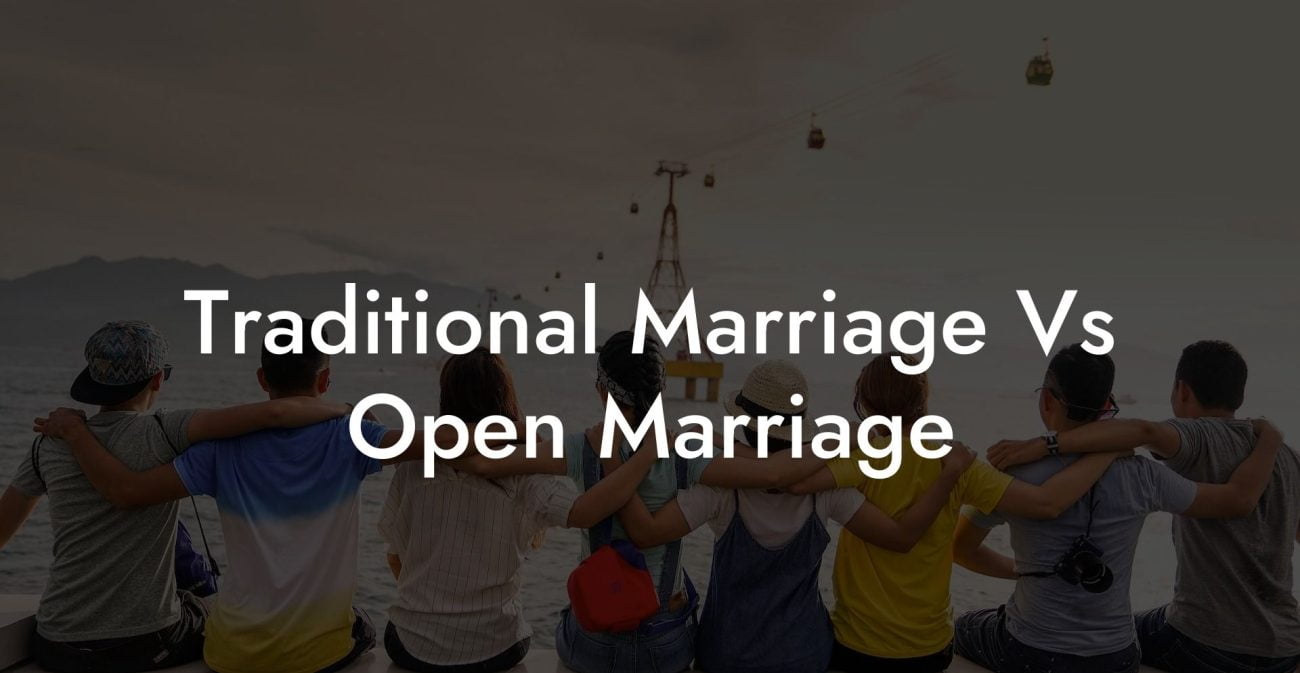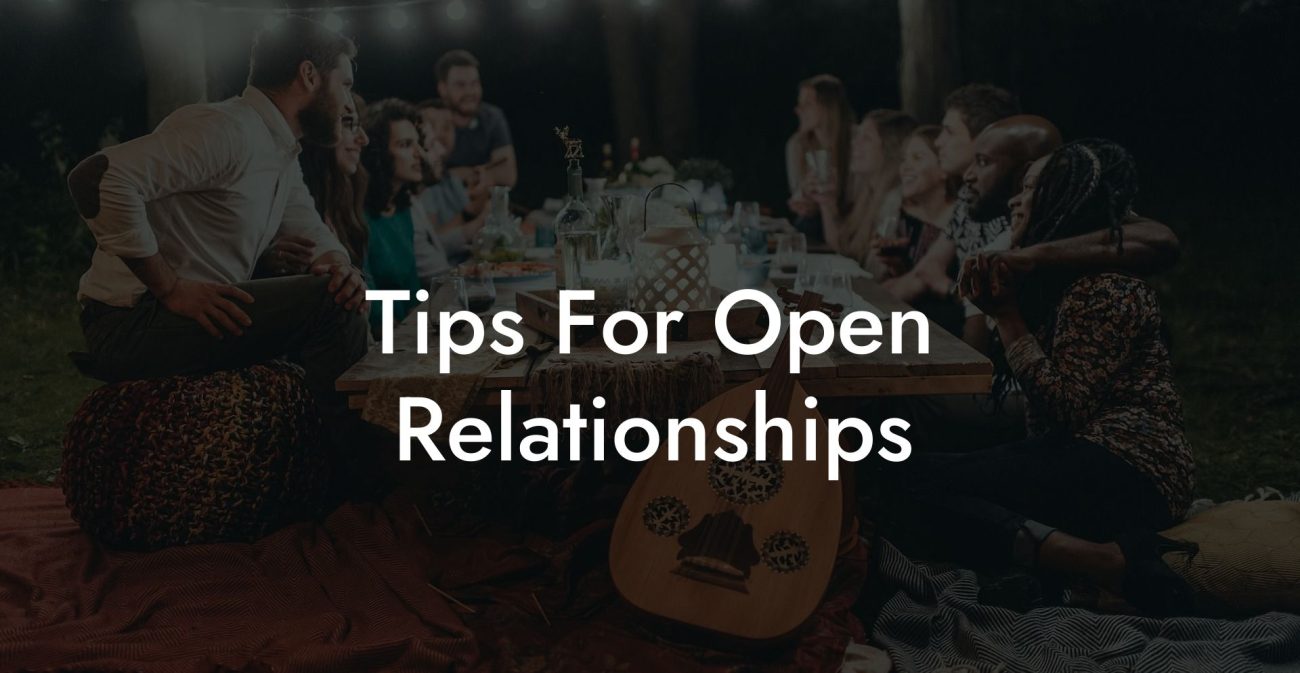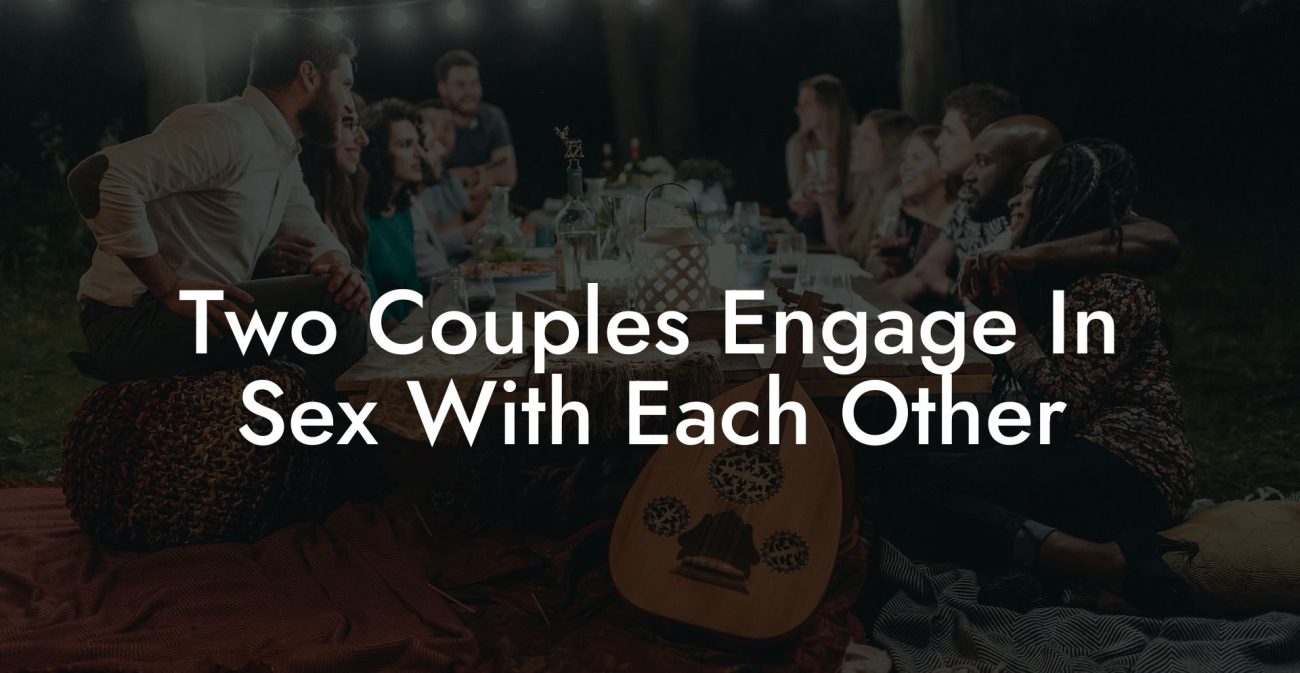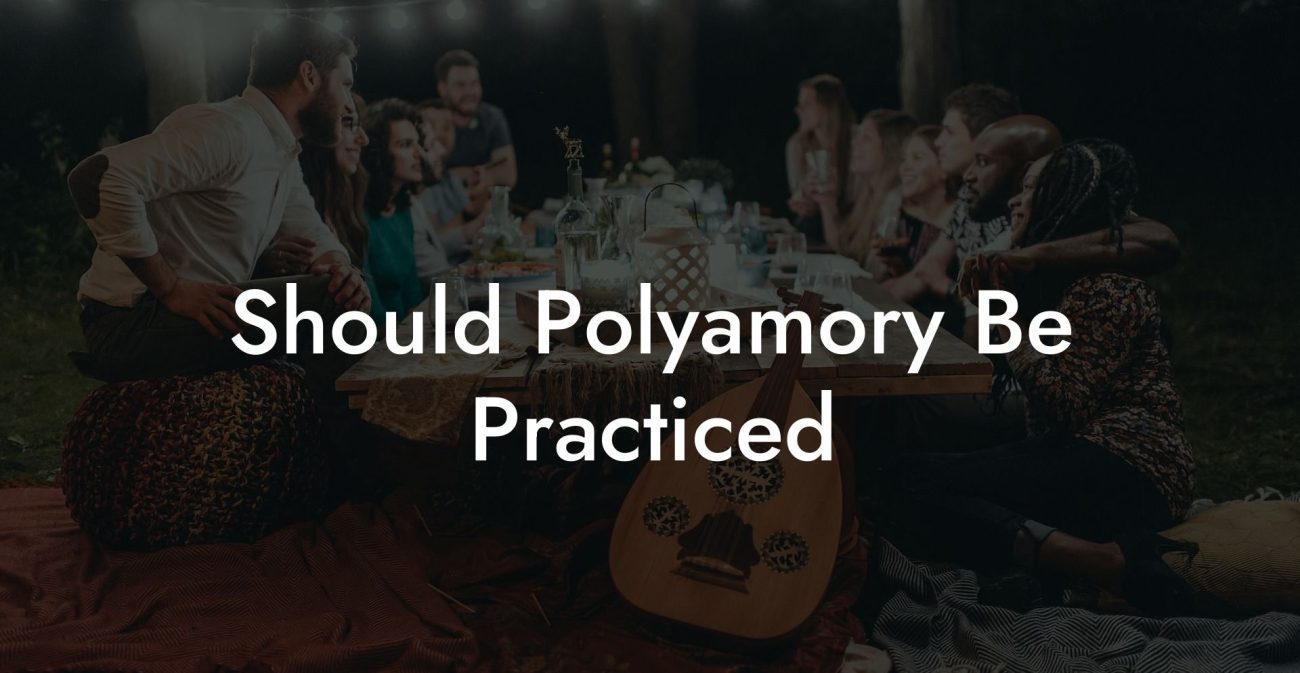What Is The Difference Between An Open Relationship And Swinging?
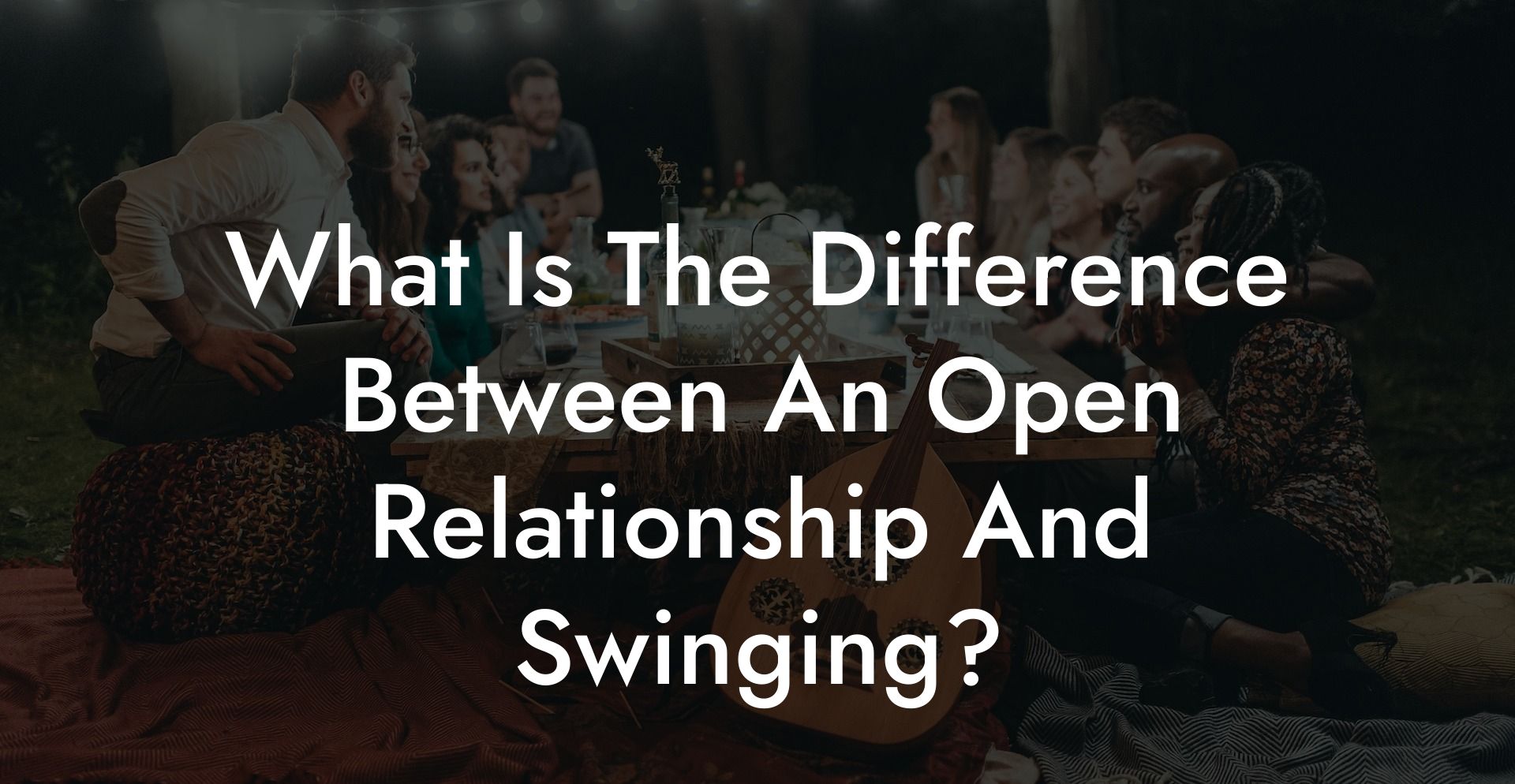
Although both open relationships and swinging fall under the umbrella of non-monogamy, they are distinct in their focus, structure, and emotional dynamics. This guide will help you understand the definitions, core principles, benefits, and challenges of each model while highlighting the key differences between them. Whether you’re new to non-monogamy or looking to deepen your understanding, this resource provides actionable insights and practical strategies for navigating these relationship models with clarity and confidence.
Quick Links to Useful Sections
- Rethinking Intimacy and Commitment
- Understanding Open relationships
- Definition and Core Principles
- Everyday Dynamics in Open Relationships
- Understanding Swinging
- Definition and Core Concepts
- Everyday Dynamics in Swinging
- Key Differences Between Open Relationships and Swinging
- Focus of the Relationship
- Emotional vs. Recreational Engagement
- Structure and Boundaries
- Social and Cultural Context
- Benefits and Challenges
- Benefits of Open Relationships
- Benefits of Swinging
- Common Challenges Across Both Models
- Practical Strategies for Navigating These Relationship Models
- Enhance Communication
- Set Clear Boundaries
- Prioritize Self-Care
- Build a Support Network
- Frequently Asked Questions (FAQ)
Rethinking Intimacy and Commitment
Traditional relationships have long been defined by exclusivity and monogamy. However, as society evolves, many individuals are seeking alternative ways to experience love, connection, and sexual freedom. Two popular approaches are open relationships and swinging. Although they share some similarities, such as the emphasis on mutual consent and clear communication, they differ significantly in their aims and everyday dynamics. Understanding these differences is essential for anyone considering a non-traditional relationship model.
Understanding Open relationships
Definition and Core Principles
An open relationship is a consensual arrangement in which a couple agrees that one or both partners may have sexual or romantic interactions with people outside their primary bond. The key to an open relationship is that all external interactions occur with the full knowledge and consent of everyone involved. The central relationship remains the emotional anchor, while external encounters are viewed as supplementary.
- Mutual Consent: Both partners explicitly agree to the arrangement, ensuring transparency and trust.
- Clear Boundaries: Specific rules are set to determine what types of interactions are acceptable (e.g., casual sex versus deeper emotional connections).
- Primary Relationship Focus: The primary relationship is prioritized, serving as the core source of emotional support and commitment.
- Flexibility: Open relationships can vary widely; some couples may allow occasional sexual encounters, while others may welcome multiple external relationships on a more regular basis.
Everyday Dynamics in Open Relationships
In an open relationship, communication is key. Couples often schedule regular check-ins to discuss their experiences, update their boundaries, and ensure that the primary bond remains strong. External encounters tend to be more casual, with less emphasis on developing deep emotional connections outside the core relationship.
- Casual Encounters: Partners may engage in brief, often sexual interactions with others without forming a deep emotional bond.
- Structured Boundaries: Rules are in place to ensure that external activities do not interfere with the primary relationship.
- Emotional Reassurance: The focus on a stable, primary connection helps mitigate insecurities and maintain trust.
Understanding Swinging
Definition and Core Concepts
Swinging is a form of consensual non-monogamy in which couples engage in sexual activities with other couples or individuals, typically in a social or group setting. Unlike open relationships, which generally allow for various types of external encounters, swinging is often more focused on sexual exploration in a recreational context, with little or no expectation of forming long-term romantic or emotional bonds with external partners.
- Couple-Centric: Swinging is usually practiced by couples who attend parties, clubs, or events where they can meet other like-minded individuals or couples.
- Recreational Focus: The primary goal is sexual variety and exploration, often without any intention of forming deep emotional relationships outside the primary bond.
- Clear Social Guidelines: Swingers typically operate under a set of social norms and rules established within the swinging community to ensure that all encounters are consensual and respectful.
- Privacy and Discretion: Many swinging activities are conducted in environments that respect privacy and provide a safe space for sexual exploration.
Everyday Dynamics in Swinging
In swinging, the couple remains the central unit, and external encounters are treated as separate, recreational activities. The focus is often on group events or private parties, where couples can enjoy sexual experiences together with other like-minded individuals.
- Event-Based Encounters: Many swingers participate in events where multiple couples engage in sexual activities in a controlled environment.
- Social Interaction: Swinging often involves a community aspect, where couples socialize and share experiences in a supportive, non-judgmental setting.
- Limited Emotional Involvement: External encounters in swinging are typically kept casual, with the primary emotional bond remaining exclusively between the couple.
Key Differences Between Open Relationships and Swinging
Focus of the Relationship
Open Relationships: Emphasize maintaining a primary, emotionally significant bond while allowing for external sexual or romantic encounters. The primary relationship is the core, and external interactions are supplementary.
Swinging: Focuses primarily on sexual exploration and recreational encounters, often in a social or group setting, with little or no expectation of developing long-term emotional connections outside the couple.
Emotional vs. Recreational Engagement
Open Relationships: External connections can sometimes develop into emotionally significant relationships, even if they remain secondary to the primary bond.
Swinging: External encounters are typically viewed as recreational and are not intended to replace or augment the couple’s emotional intimacy.
Structure and Boundaries
Open Relationships: Often involve detailed negotiations about boundaries, communication, and the extent of external interactions. These rules help ensure that the primary relationship remains strong.
Swinging: Generally relies on community-based norms and guidelines rather than personalized agreements. The boundaries in swinging are often less about emotional involvement and more about ensuring that sexual encounters are safe and consensual.
Social and Cultural Context
Open Relationships: Tend to be practiced more privately, with couples setting their own rules for external interactions.
Swinging: Often involves a social component, with couples participating in events or clubs where swinging is the norm. This model fosters a sense of community and shared experience among participants.
Benefits and Challenges
Benefits of Open Relationships
- Emotional Security: Maintaining a primary bond provides a stable foundation for exploring external encounters.
- Sexual Variety: Offers the opportunity to explore sexual desires without sacrificing emotional intimacy.
- Enhanced Communication: The need to negotiate boundaries and discuss feelings can lead to improved communication skills.
- Personal Growth: Encourages self-exploration and the development of deeper emotional awareness.
Benefits of Swinging
- Recreational Sexual Freedom: Swinging offers a safe and structured way to explore sexual variety and experience new forms of pleasure.
- Community Connection: Participation in swinging events creates a sense of belonging and camaraderie among like-minded couples.
- Maintaining a Primary Bond: The focus remains on the couple’s central relationship while external encounters are treated as social or recreational activities.
- Simplicity: Clear social norms and event-based structures can simplify the management of external interactions.
Common Challenges Across Both Models
- Managing Jealousy: Feelings of jealousy and insecurity can arise in both open relationships and swinging, and require ongoing communication and self-reflection.
- Time Management: Balancing the time and energy devoted to the primary relationship with external encounters can be challenging.
- Effective Communication: Clear, honest dialogue is essential to prevent misunderstandings and maintain trust.
- Social Stigma: Both models may face external judgment from those who adhere to traditional monogamous norms.
Practical Strategies for Navigating These Relationship Models
Enhance Communication
Whether you are in an open relationship or engaging in swinging, effective communication is key. Here are some strategies:
- Regular Check-Ins: Schedule periodic discussions with your partner(s) to review boundaries, share feelings, and address any issues.
- Active Listening: Practice active listening by focusing on what your partner is saying and validating their emotions.
- Use "I" Statements: Express your feelings using “I” statements to keep conversations constructive and non-accusatory.
- Digital Tools: Utilize shared calendars or group messaging apps to coordinate plans and maintain transparency.
Set Clear Boundaries
Clearly defined boundaries help protect the integrity of your primary relationship while allowing external exploration. Consider:
- Defining Acceptable Interactions: Specify what types of encounters are permitted and what are off-limits.
- Time Allocation: Agree on how much time and energy you will dedicate to external interactions versus your primary bond.
- Regular Reviews: Revisit and adjust your boundaries as your relationship evolves to ensure they remain effective.
Prioritize Self-Care
Your well-being is essential for managing multiple connections. Ensure you:
- Practice Self-Care: Engage in activities that promote your physical, emotional, and mental health, such as exercise, meditation, and hobbies.
- Maintain Balance: Allocate time for personal growth, relaxation, and reconnecting with your primary partner.
- Seek Professional Support: If needed, consider counseling or therapy to manage stress and complex emotions.
Build a Support Network
A supportive community can provide valuable insights and encouragement. Consider:
- Joining Online Forums: Participate in communities such as r/polyamory to exchange ideas and experiences.
- Attending Local Events: Look for workshops, meet-ups, or seminars on ethical non-monogamy and relationship dynamics.
- Networking: Connect with like-minded individuals who share your values and can offer practical advice.
Frequently Asked Questions (FAQ)
1. What is the difference between an open relationship and polyamory?
Open relationships focus on allowing external sexual or casual romantic encounters while maintaining a strong primary bond, whereas polyamory emphasizes forming multiple deep, emotionally significant, long-term connections with the informed consent of all partners.
2. Can a relationship be both open and polyamorous?
Yes, many individuals combine elements of both models, maintaining a primary open relationship while also forming additional emotionally rich connections.
3. What are the main benefits of open relationships?
Open relationships offer sexual variety, opportunities for personal exploration, and the ability to experiment without compromising the stability of the primary bond.
4. What are the main benefits of polyamorous relationships?
Polyamorous relationships provide a diverse emotional support network, foster personal growth, and allow for deeper, more meaningful connections with multiple partners.
5. What common challenges do both models share?
Both open relationships and polyamorous relationships require effective communication, clear boundary-setting, and strategies for managing jealousy and balancing time and emotional energy.
6. How can I improve communication in my relationship?
Effective communication can be enhanced by scheduling regular check-ins, practicing active listening, using “I” statements, and leveraging digital tools to coordinate schedules and share updates.
7. Where can I find additional resources on open relationships and polyamory?
Additional resources include books such as "The Ethical Slut" by Dossie Easton & Janet Hardy and "More Than Two" by Franklin Veaux & Eve Rickert, podcasts like "Multiamory" and "Polyamory Weekly," and online communities such as r/polyamory.
Resources and Community Support: Your Next Steps
- "The Ethical Slut" by Dossie Easton & Janet Hardy – A seminal work on ethical non-monogamy offering insights into building healthy open relationships and polyamorous connections.
- "More Than Two" by Franklin Veaux & Eve Rickert – An in-depth guide providing practical advice on navigating the dynamics of consensual non-monogamy.
- Podcasts: Listen to "Multiamory" and "Polyamory Weekly" for engaging discussions and real-life experiences about open relationships and polyamory.
- Online Communities: Join forums such as r/polyamory to exchange ideas and receive support from like-minded individuals.
- Workshops and Webinars: Attend events focused on relationship psychology and ethical non-monogamy to expand your understanding and connect with others.
By exploring these resources and applying the practical strategies outlined in this guide, you can develop a clear, informed understanding of the differences between an open relationship and polyamory. Embrace open dialogue, continuous learning, and self-care as you shape a relationship dynamic that is authentic, fulfilling, and aligned with your personal values.
Lost & confused by all of the terms, types and seemingly made up 3 letter acronyms?? We've got you. Check out our Ethnical Non-Monogamy Dictionary >>
Useful Interruption: Not sure which relationship vibe fits you best? Take our Relationship Test, it’ll give you the real insight into your natural relationship style. Then, dive into our binge-worthy guides (from the tried-and-true to the “wait, that’s a thing?”) and find the perfect relationship type for your life:
- Monogamy
- Open Relationships
- Ethical Non-Monogamy
- Solo Polyamory
- Non-Hierarchical Polyamory
- Hierarchical Polyamory
- Relationship Anarchy
- Swinging
Now back to the main article but yeah take the test...

